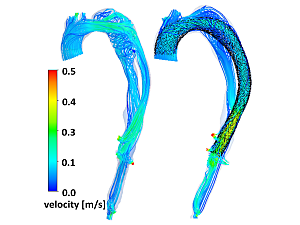Celebrating the 100th Anniversary of Breakthrough in Management of Mitral Valve Disease

In 1923, Dr. Elliot C. Cutler conducted the world’s first successful mitral valvuloplasty at the Brigham (then Peter Bent Brigham Hospital). On October 20, 2023, the Brigham will mark this important milestone with an all-day CME event looking at past, present, and future approaches to managing mitral valve disease.
Read More...







